High-energy Electrons at Earth Orbit - Live Data

This plot shows current (today) levels of high-energy electron radiation at Low-Earth Orbit altitudes. Click here to see average values over one year for energetic electron levels at Low-Earth Orbit.
A quick glance at the plot tells you whether the satellite radiation environment is unusually high (red/orange), average (yellow/dark blue) or unusually low (light blue/white) today. The belt indices in the upper right hand corner (click on the plot for a larger version) give the ratio of the electron flux integrated over specific regions to the 1-year average for those same regions. These indices are a quick-look at how significant the radiation environment really is right now.
The plot shows high-velocity electrons (energies > 30 keV) observed along the orbit of NOAA/TIROS at ~800 kilometers above the Earth's surface compared to the value at the same location averaged over the past year. The plot is broken up into lines because the satellite track does not cover all points above the Earth in a single day. The red box shows where the satellite was at the beginning of the day. The red triangle is its position at the end of the day's observations.
You might also be interested in:
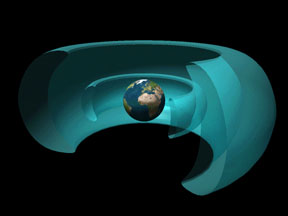
One main type of radiation, particle radiation, is the result of subatomic particles hurtling at tremendous speeds. Protons, cosmic rays, and alpha and beta particles are some of the most common types
...more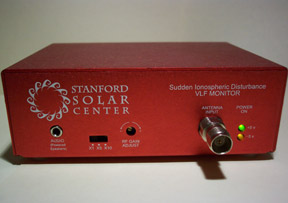
Interested in doing a project related to space weather for a science fair? The Stanford SOLAR Center provides information about space weather monitors that you can build yourself, including the Sudden
...more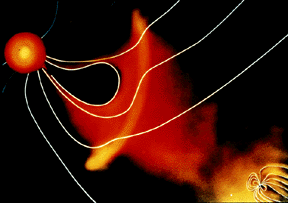
There is a giant magnetic "bubble" in space around the Sun. That "bubble" is called the heliosphere. In a sense, we Earthlings live within the outer atmosphere of our Sun. The solar
...more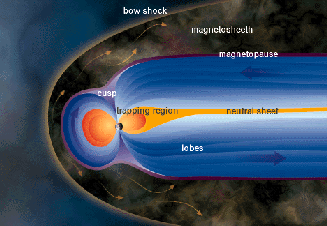
Earth's magnetosphere shields our planet from most of the solar wind. Some solar wind particles do leak in and combine with ions escaping from the top of Earth's atmosphere to populate the magnetosphere
...more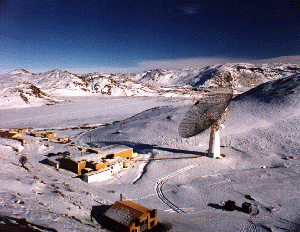
Spacecraft help us observe and measure space weather. We also make some kinds of space weather measurements from the surface of Earth. Satellites are better for some kinds of observations. However, observations
...more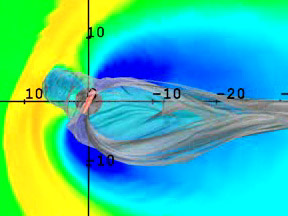
Space weather is a very complex scientific field. Scientists who study space weather use computer models a lot. Space weather is a bit like weather on Earth in this way because weather forecasters on our
...more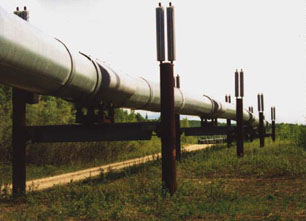
Pipelines for transporting oil, natural gas, and water are often made of conducting materials like steel. Very long pipelines (thousands of kilometers/miles) are used to transport oil and gas at high latitudes,
...more















